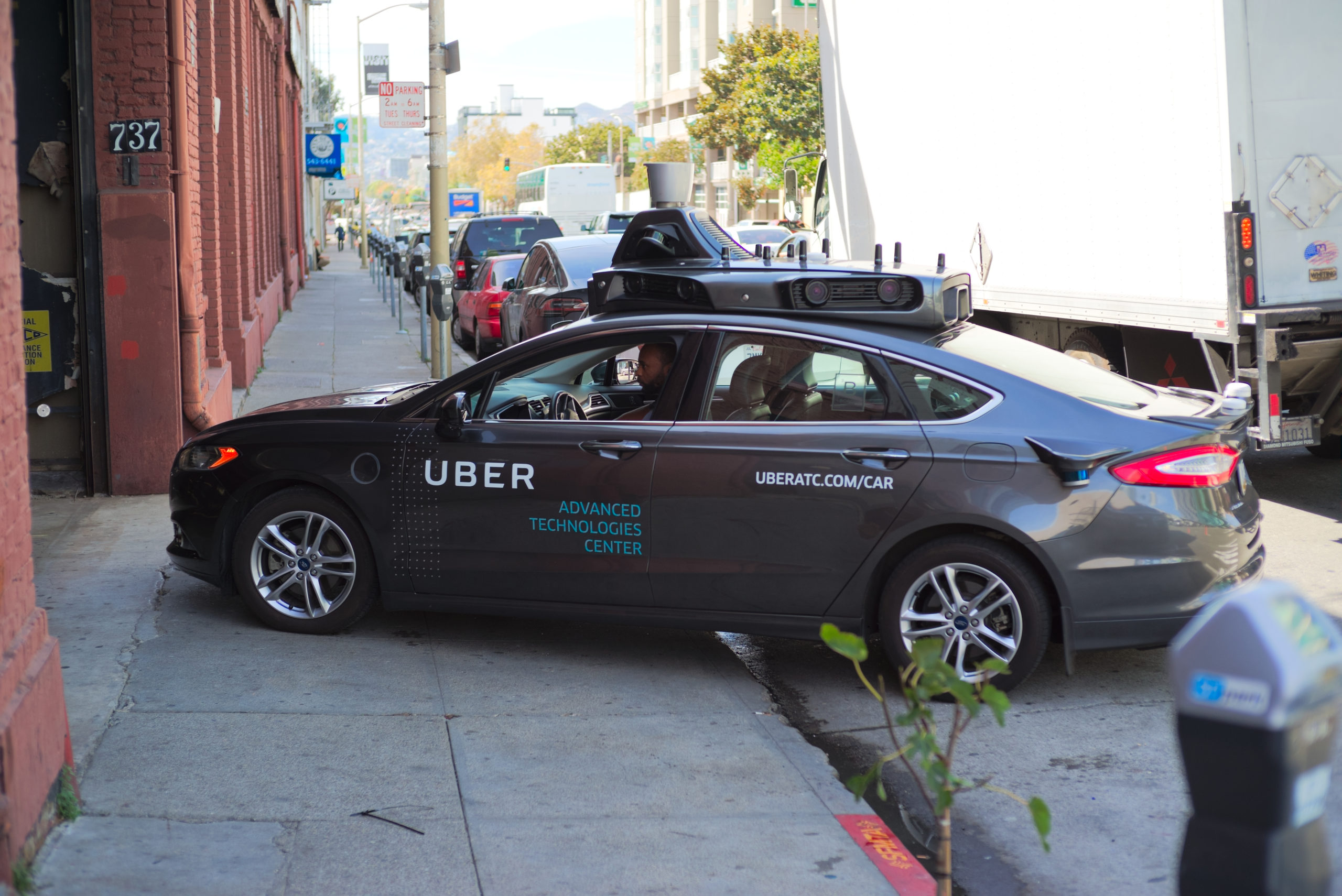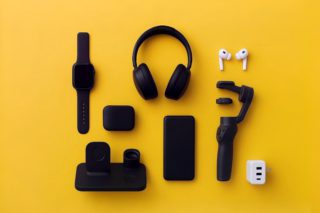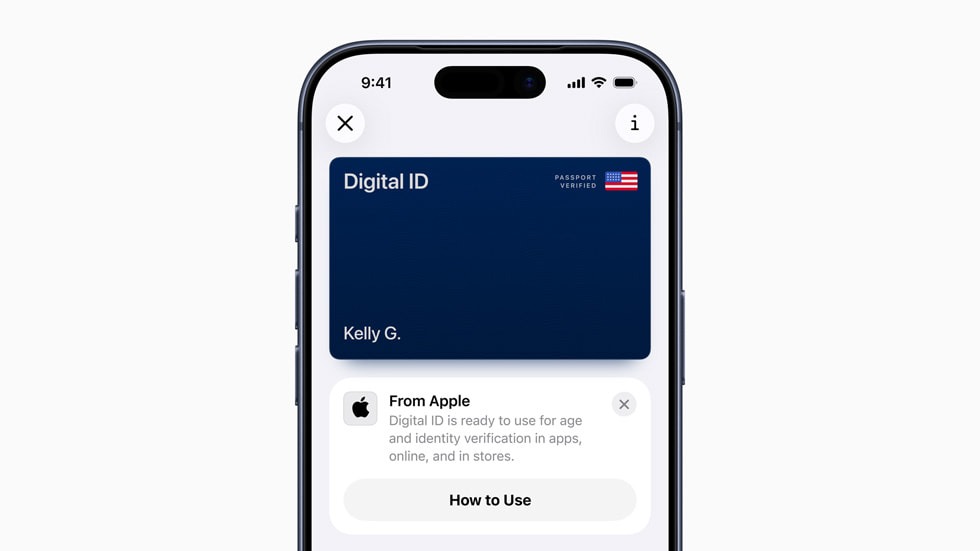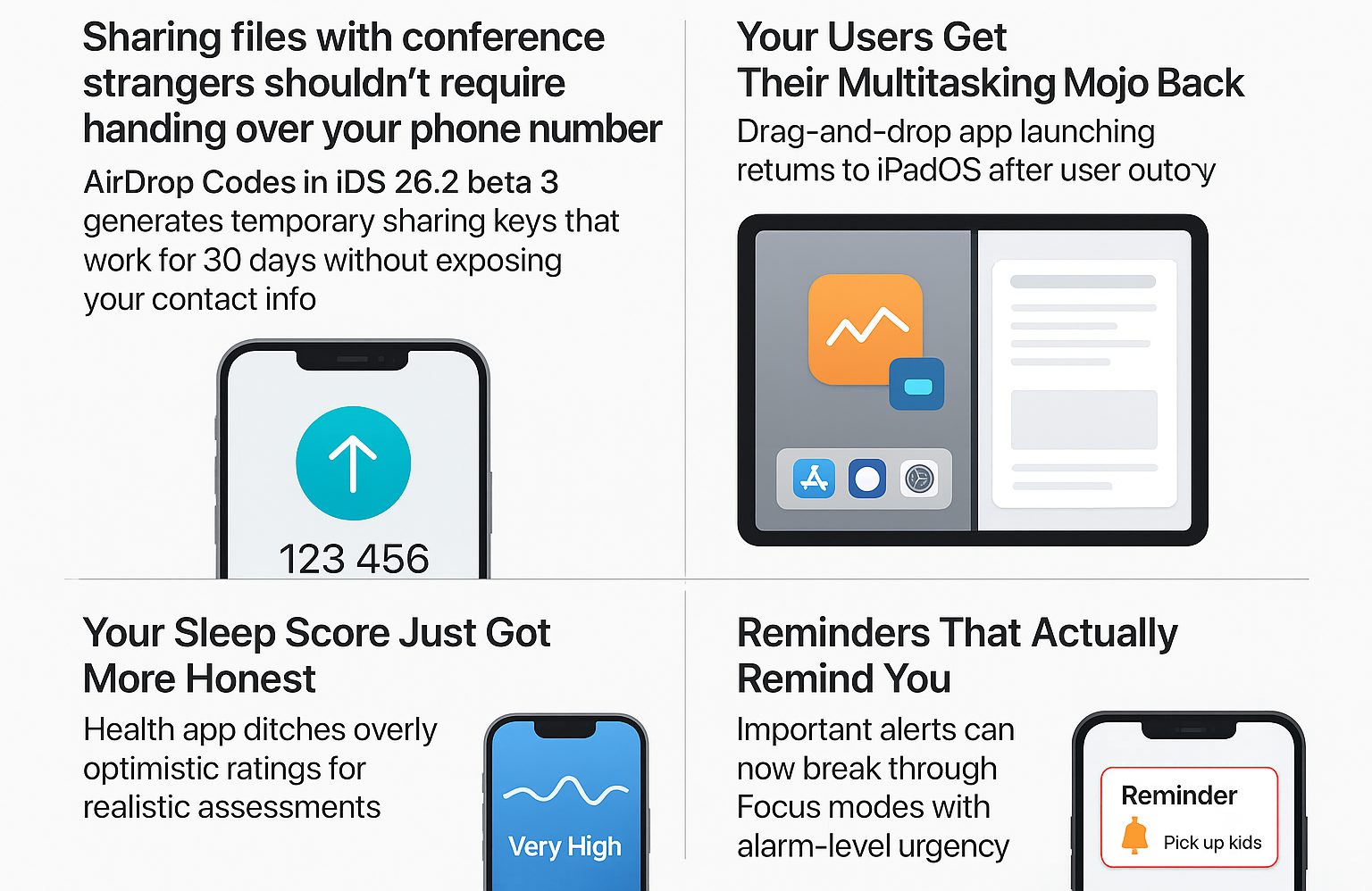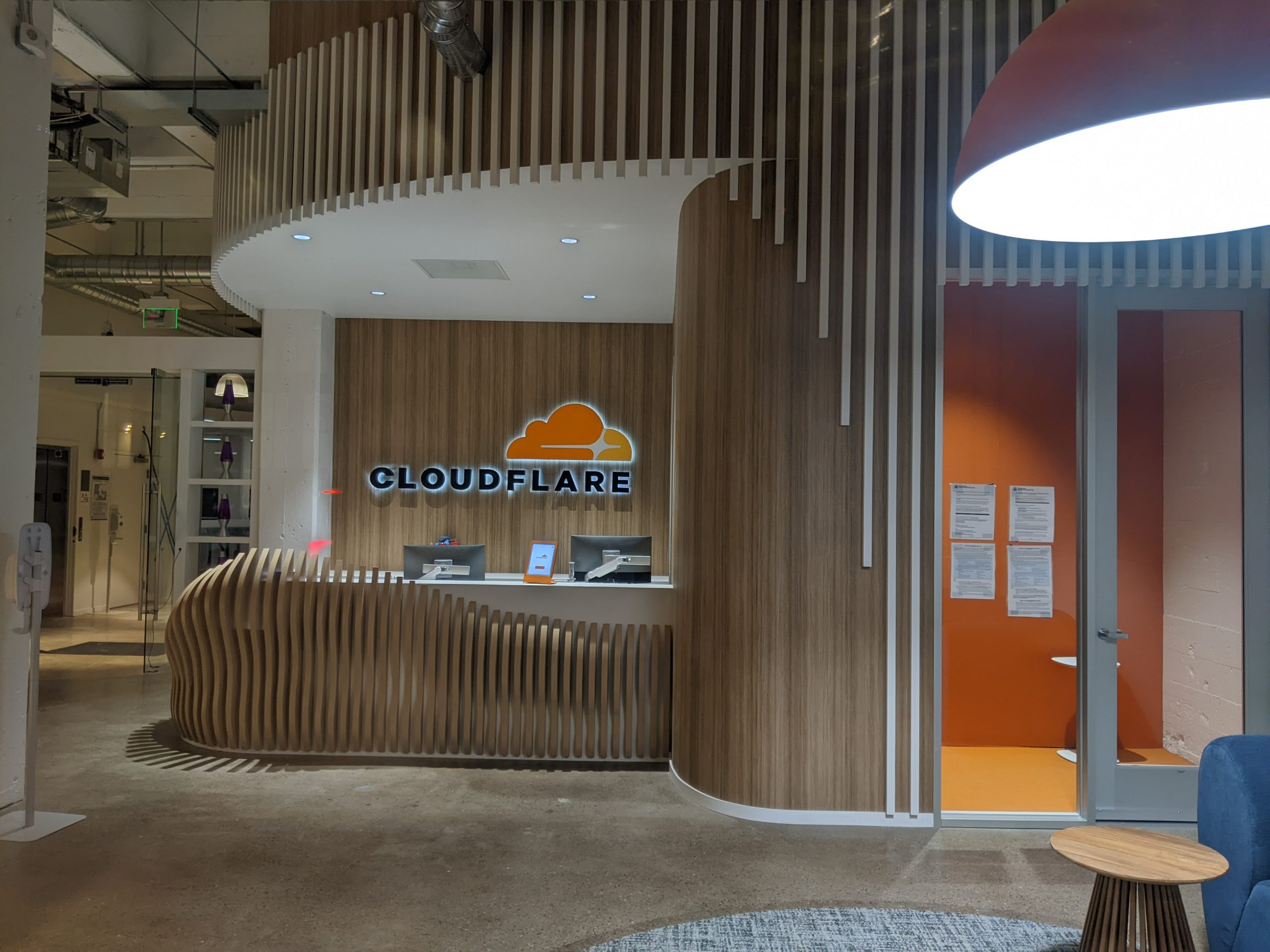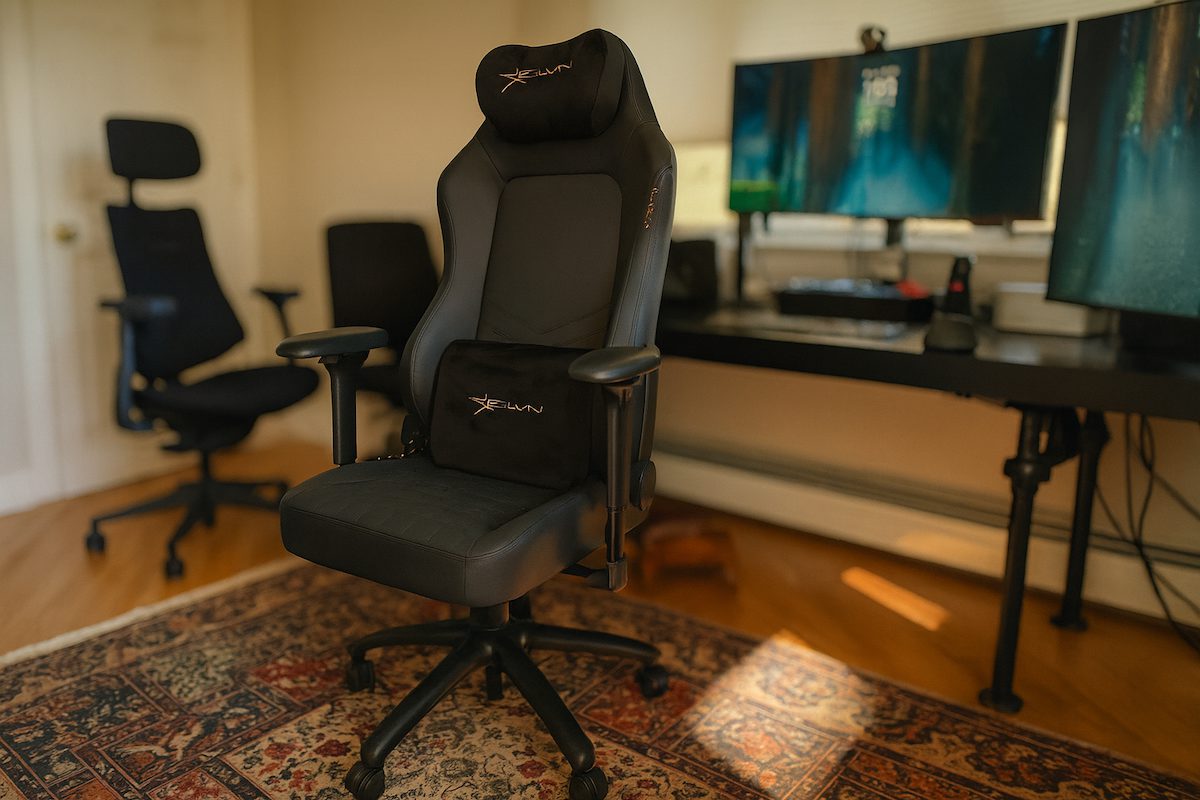Stuck in the endless cycle of soul-crushing commute options? Uber just threw a lifeline to your wallet with Route Share, essentially reinventing the city bus with a tech makeover that’ll save you serious cash. This fixed-route shuttle service launched May 14th in seven major U.S. cities and promises to slash your ride costs by up to 50% compared to UberX.
The concept is refreshingly simple: walk to designated pickup points along busy commuter corridors and share your ride with up to two strangers headed in the same direction. Sure, it sounds suspiciously like a bus service that’s existed for a century, but without the unpredictability that makes traditional public transit a daily gamble with your punctuality.
“People feel very uncertain, people feel overwhelmed, and people are feeling the prices in many different walks of life,” explains Sachin Kansal, Uber’s Chief Product Officer. Translation: everything costs too damn much, and Uber finally noticed you’re checking your bank balance before ordering rides.
If you’re tired of watching your rideshare budget evaporate faster than morning coffee, Route Share’s pricing model hits different. A trip from Manhattan’s Upper West Side to the Lower East Side that would normally set you back $38 in an UberX now costs just $19. For a marketing manager commuting from Brooklyn Heights to Midtown five days a week, that’s roughly $190 saved monthly – enough to cover your streaming subscriptions, overpriced coffee habit, and still have cash left for actual savings.
The catch? You’ll need to hoof it to designated pickup points and stick to their 20-minute interval schedule during weekday rush hours (6-10AM and 4-8PM). Caught in the rain and worried about surge pricing? Uber’s new Price Lock feature lets you secure fixed rates on up to 10 routes for $2.99 monthly. Think of it as surge-pricing insurance that actually costs less than the ridiculous “delivery fee” on your last takeout order.
While Lyft has experimented with shared rides through its Lyft Line service, nothing in the rideshare space matches Route Share’s fixed-route, bus-like approach with guaranteed pricing. Lyft’s shared options still rely on dynamic routing that can leave you zigzagging through town picking up random passengers – not exactly the predictability commuters crave.
The service’s initial rollout targets New York City, San Francisco, Chicago, Philadelphia, Dallas, Boston, and Baltimore. If you’re outside these seven cities, you’ll have to stick with your existing transit nightmares for now while Uber monitors whether their bus-that’s-not-a-bus concept catches on.
What separates Route Share from actual public transit? Mainly Uber’s technology and predictability. The app provides walking directions to pickup points and lets you book seats from seven days to just 10 minutes before departure. No more standing at bus stops wondering if your ride disappeared into a wormhole.
For the truly committed commuter, Uber also offers prepaid bundles of 5, 10, 15, or 20 rides for additional savings. The company’s even exploring partnerships with employers to make Route Share eligible for those sweet pre-tax commuter benefits, potentially saving you even more.
“We are complementary to public transit,” Kansal claims, positioning Route Share as part of a movement toward reduced car ownership. But let’s be real—Uber’s basically creating private bus routes and betting you’ll pay a premium over public transit for the added reliability.
For daily commuters watching inflation devour their rideshare budget, Route Share might be the perfect middle ground between cramped subway cars and expensive private rides. After a decade of Uber claiming to “disrupt” transportation, they’ve finally circled back to one of the oldest transit solutions in the book – the humble bus route with a fixed schedule. Sometimes the future of transportation looks suspiciously like its past, just with better tech, a sleeker app, and branding. Thouigh we still have to wait for a truly next-gen transport invention.


